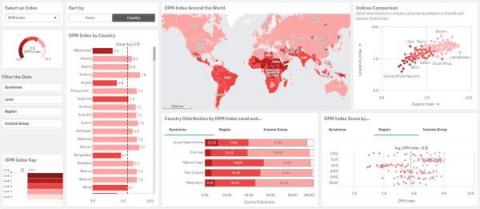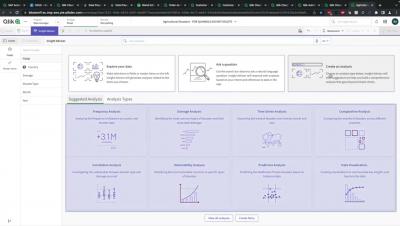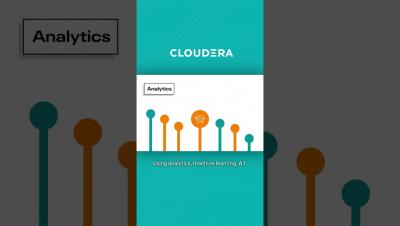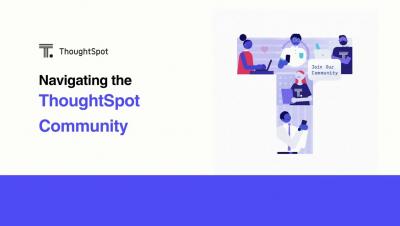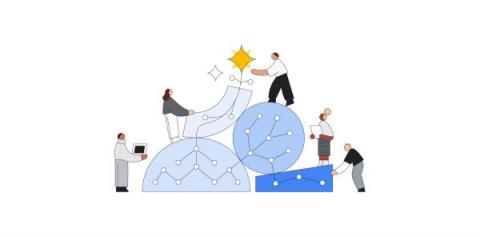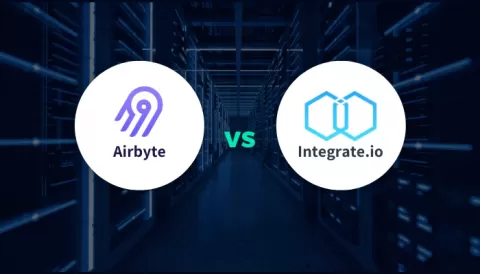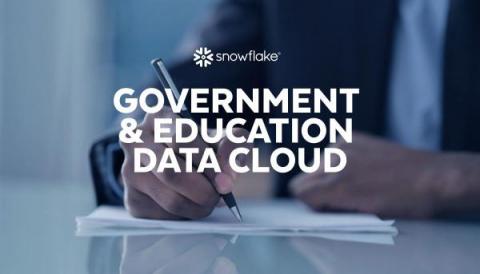Systems | Development | Analytics | API | Testing
Analytics
Qlik Supports the World Health Organization to Help Global Community Prepare for Future Epidemics Through Data
Qlik and its NGO partners focus on leveraging data to bring a positive impact to the world. While we are still seeing the effects of the COVID pandemic throughout society, there are tremendous lessons that we can carry forward to be better prepared for the next likely pandemic.
Integration of ChatGPT in Qlik Cloud
Industry Impact | Intelligent manufacturing operations | Short
Navigating the ThoughtSpot Community Tutorial
Announcing Dataform in GA: Develop, version control, and deploy SQL pipelines in BigQuery
Dataform, now GA, lets data engineers build SQL pipelines in BigQuery while following best practices like Git, CI/CD, and code lifecycle management.
Building ML workflows in BigQuery the easy way, without code
A flexible, automated analytic workflow tool that integrates with BigQueryML allows no-code forecasting and model training.
Airbyte vs Integrate.io
Beyond Monitoring: Introducing Cloudera Observability
Increased costs and wasted resources are on the rise as software systems have moved from monolithic applications to distributed, service-oriented architectures. As a result, over the past few years, interest in observability has seen a marked rise. Observability, borrowed from its control theory context, has found a real sweet spot for organizations looking to answer the question “why,” that monitoring alone is unable to answer.
Deliver Data-Driven Decision-Making with the New Government & Education Data Cloud
Today’s governmental and educational organizations can’t fully use the wealth of data they possess to improve citizen and student outcomes. Government agencies often deal with disparate and siloed data that can impact real-time decision-making. Securely exchanging information and collaborating on data remains an essential task in almost every agency strategy.



